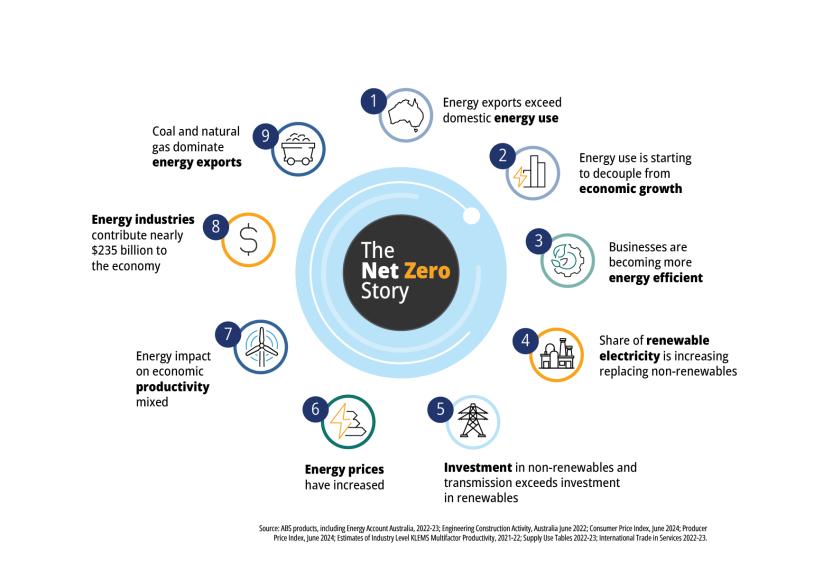PPI, inputs into manufacturing, selected energy industry inputs, quarterly
[["Jun-04","Sep-04","Dec-04","Mar-05","Jun-05","Sep-05","Dec-05","Mar-06","Jun-06","Sep-06","Dec-06","Mar-07","Jun-07","Sep-07","Dec-07","Mar-08","Jun-08","Sep-08","Dec-08","Mar-09","Jun-09","Sep-09","Dec-09","Mar-10","Jun-10","Sep-10","Dec-10","Mar-11","Jun-11","Sep-11","Dec-11","Mar-12","Jun-12","Sep-12","Dec-12","Mar-13","Jun-13","Sep-13","Dec-13","Mar-14","Jun-14","Sep-14","Dec-14","Mar-15","Jun-15","Sep-15","Dec-15","Mar-16","Jun-16","Sep-16","Dec-16","Mar-17","Jun-17","Sep-17","Dec-17","Mar-18","Jun-18","Sep-18","Dec-18","Mar-19","Jun-19","Sep-19","Dec-19","Mar-20","Jun-20","Sep-20","Dec-20","Mar-21","Jun-21","Sep-21","Dec-21","Mar-22","Jun-22","Sep-22","Dec-22","Mar-23","Jun-23","Sep-23","Dec-23","Mar-24","Jun-24"],[[21.5],[26.199999999999999],[24.899999999999999],[24.300000000000001],[24.399999999999999],[43.5],[44.399999999999999],[44.600000000000001],[44.600000000000001],[47.5],[46.600000000000001],[46.399999999999999],[44.100000000000001],[37.399999999999999],[35.600000000000001],[34.899999999999999],[33.700000000000003],[98.599999999999994],[128.5],[129.40000000000001],[106.8],[86.099999999999994],[85.400000000000006],[86.400000000000006],[86.700000000000003],[97.700000000000003],[93.200000000000003],[94.599999999999994],[99.5],[103.59999999999999],[102],[97.400000000000006],[96.900000000000006],[100],[90],[75.599999999999994],[78.700000000000003],[72.900000000000006],[77],[74.200000000000003],[61.899999999999999],[58.899999999999999],[57.600000000000001],[67.5],[53.799999999999997],[56.799999999999997],[51.5],[51.600000000000001],[57],[69.200000000000003],[124.40000000000001],[93.299999999999997],[109.59999999999999],[99.099999999999994],[108],[124.59999999999999],[113.7],[114.8],[121.5],[120.09999999999999],[122.7],[109.2],[92.400000000000006],[99.400000000000006],[89.400000000000006],[72.400000000000006],[73.799999999999997],[81.599999999999994],[77.5],[125.3],[170.80000000000001],[209.40000000000001],[247.30000000000001],[143.69999999999999],[152.40000000000001],[174.80000000000001],[142.30000000000001],[129.80000000000001],[166.90000000000001],[160],[128.80000000000001]],[[44.399999999999999],[53.200000000000003],[57.600000000000001],[49.600000000000001],[56.700000000000003],[73.400000000000006],[74.099999999999994],[77.5],[87],[88.099999999999994],[72.900000000000006],[71.799999999999997],[78.599999999999994],[77.700000000000003],[88.700000000000003],[97.799999999999997],[114.8],[123.90000000000001],[92.900000000000006],[67.299999999999997],[64.299999999999997],[75.400000000000006],[76.799999999999997],[76.200000000000003],[79.599999999999994],[79.099999999999994],[79.200000000000003],[86.700000000000003],[100.09999999999999],[96.599999999999994],[99.200000000000003],[100.40000000000001],[103.7],[94.5],[97.099999999999994],[102.09999999999999],[97.099999999999994],[105.90000000000001],[106.59999999999999],[110.40000000000001],[105.5],[101.40000000000001],[87.900000000000006],[69.799999999999997],[77],[69.900000000000006],[65.599999999999994],[53.399999999999999],[58.899999999999999],[61.5],[64.599999999999994],[71.099999999999994],[67.5],[66.900000000000006],[77.5],[83.900000000000006],[92.5],[95.200000000000003],[94.299999999999997],[87.299999999999997],[93.5],[87.700000000000003],[89.700000000000003],[81.599999999999994],[60.100000000000001],[69.200000000000003],[69.799999999999997],[80.799999999999997],[85.5],[95],[99.900000000000006],[125.5],[130.5],[150.40000000000001],[132.90000000000001],[131.90000000000001],[129.09999999999999],[135.40000000000001],[139.80000000000001],[137.59999999999999],[135.5]],[[59.700000000000003],[64.400000000000006],[65.200000000000003],[63.299999999999997],[65.200000000000003],[70.5],[70.799999999999997],[72.700000000000003],[77],[77.599999999999994],[75.299999999999997],[75.299999999999997],[77.299999999999997],[78.400000000000006],[81.299999999999997],[84.299999999999997],[89.599999999999994],[95],[92.5],[84.900000000000006],[81.299999999999997],[84.599999999999994],[87],[85.700000000000003],[86.200000000000003],[87.200000000000003],[85.799999999999997],[90.400000000000006],[96.400000000000006],[95.700000000000003],[98.200000000000003],[100.5],[105.5],[103.2],[101.8],[98.400000000000006],[95.599999999999994],[100.3],[99.299999999999997],[104.09999999999999],[100.7],[99.5],[98.5],[94.400000000000006],[90.799999999999997],[94.5],[93.200000000000003],[86.299999999999997],[87.099999999999994],[89.599999999999994],[94],[96.400000000000006],[96.5],[97],[99.400000000000006],[103.40000000000001],[106.8],[111],[111.59999999999999],[107.90000000000001],[109.90000000000001],[108.09999999999999],[108.2],[107.59999999999999],[101.59999999999999],[96],[96.299999999999997],[101.8],[100.7],[105.7],[110.2],[116.5],[118.90000000000001],[123.5],[134.30000000000001],[125.8],[124.7],[126.8],[132],[126.09999999999999],[128]],[[63.700000000000003],[66.900000000000006],[67.200000000000003],[67.400000000000006],[67.5],[68.599999999999994],[68.900000000000006],[69.400000000000006],[69.5],[69.900000000000006],[69.599999999999994],[70],[70.799999999999997],[70.599999999999994],[72],[70.400000000000006],[73.5],[74.200000000000003],[76.700000000000003],[80.200000000000003],[80.5],[80.700000000000003],[82],[86.299999999999997],[91],[92.599999999999994],[92.700000000000003],[95.299999999999997],[99],[98.400000000000006],[99.400000000000006],[101],[101.2],[101.3],[109.5],[112.7],[115.5],[116.5],[115.90000000000001],[119.5],[118.8],[107.59999999999999],[105.8],[107.8],[105.8],[98.900000000000006],[98.700000000000003],[100.3],[98.200000000000003],[97],[99.799999999999997],[104.7],[107],[114.5],[121.59999999999999],[131],[131.69999999999999],[130],[128.19999999999999],[128.09999999999999],[129.19999999999999],[128.30000000000001],[126.90000000000001],[128.09999999999999],[128.09999999999999],[127.5],[126.40000000000001],[123.09999999999999],[119],[124.90000000000001],[122.8],[130.5],[131.69999999999999],[182.59999999999999],[148.19999999999999],[189.80000000000001],[195.30000000000001],[198.19999999999999],[188.40000000000001],[191.90000000000001],[187.80000000000001]]]
[]
[{"value":"0","axis_id":"0","axis_title":"Quarter","axis_units":"","tooltip_units":"","table_units":"","axis_min":null,"axis_max":null,"tick_interval":null,"precision":"-1","data_unit_prefix":"","data_unit_suffix":"","reverse_axis":false}][{"value":"0","axis_id":"0","axis_title":"Index number","axis_units":"","tooltip_units":"","table_units":"","axis_min":null,"axis_max":null,"tick_interval":null,"precision":"-1","data_unit_prefix":"","data_unit_suffix":"","reverse_axis":false}]